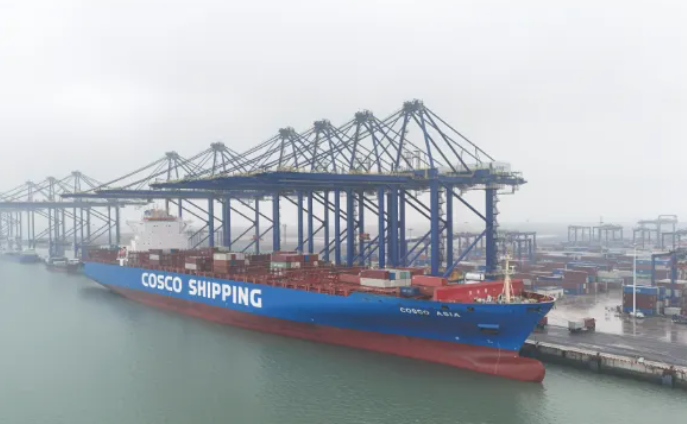According to Xeneta’s latest analysis, the significant increase in average spot rates on major Far East-bound routes in October, but shippers gearing up for contract negotiations in 2026 need not panic.
Xeneta data shows that since Oct.1, spot rates from the Far East to the U.S. West Coast and U.S. East Coast have increased by 38% and 23%,, to $2,138 per forty-foot equivalent unit (FEU) and $3,038 per FEU. On the Far East to Northern Europe the Mediterranean, rates increased 18% and 9%, to $1,968 per FEU and $2,338 per FEU, respectively.
Despite the rate hikes, the gap between spot and contract rates suggests that shippers maintain the upper hand in negotiations. “Even after the rate hikes in mid-, the average spot rate for Far East-Northern Europe was still $200/FEU lower than the average contract rate,” noted Xeneta’s Emilyausbøll. “Simply put, why would a shipper commit to a long-term contract at a higher rate than the current spot rate?”
Part of the rate increase can be attributed to carrier capacity management. Stausbøll pointed out that in October, “deployed capacity on the U.S. West Coast to its lowest level since April 1, when demand plummeted due to the Trump tariff hikes.” There are also timing questions — the Far East to Northern Europe spot rate risen on Nov. 1 after experiencing several months of decline in the past two years, “which are traditionally periods of declining freight.”
Shippers are still a reasonably good position compared to the year-ago period. The average spot rate from the Far East to Northern Europe was down 41% year-over-year, while rates were down 24%. Spot rates from the Far East to the U.S. West Coast were down 60%, with contract rates falling 42.
Xeneta’s 2026 Ocean Freight Outlook predicts that “both overall long- and short-term rates will head lower as thecapacity issue continues to plague carriers into next year.” Global container ship fleets are expected to grow by 3.6% in 2026, while demand growth only expected to be 3%, so carriers may continue to offer incentives to win freight.
Recent historical patterns also support this outlook. Long-term contract starting in January 2025 “were on a par with the fourth quarter of 2024,” despite the spot rate increase in the fourth quarter. “arriers encouraged shippers to commit to longer contracts in 2025, amid expectations of further rate declines amid overcapacity,” Stausbøll concluded

Last
The maiden voyage of Yangpu Port to Chancay Port in Peru has set a new milestone for the global "two-way dual hub" port
On October 27th, the "COSCO Asia" slowly set sail from the Yangpu International Container (hereinafter referred to as "Yangpu Port

Next
HMM of South Korea joins the "Million TEU Club", competing with shipping giants such as MSC!
HMM, a South Korean shipping line, has become the eighth member of the “Million TEU Club”. According to Aliner’s analysis, HMM’s f
